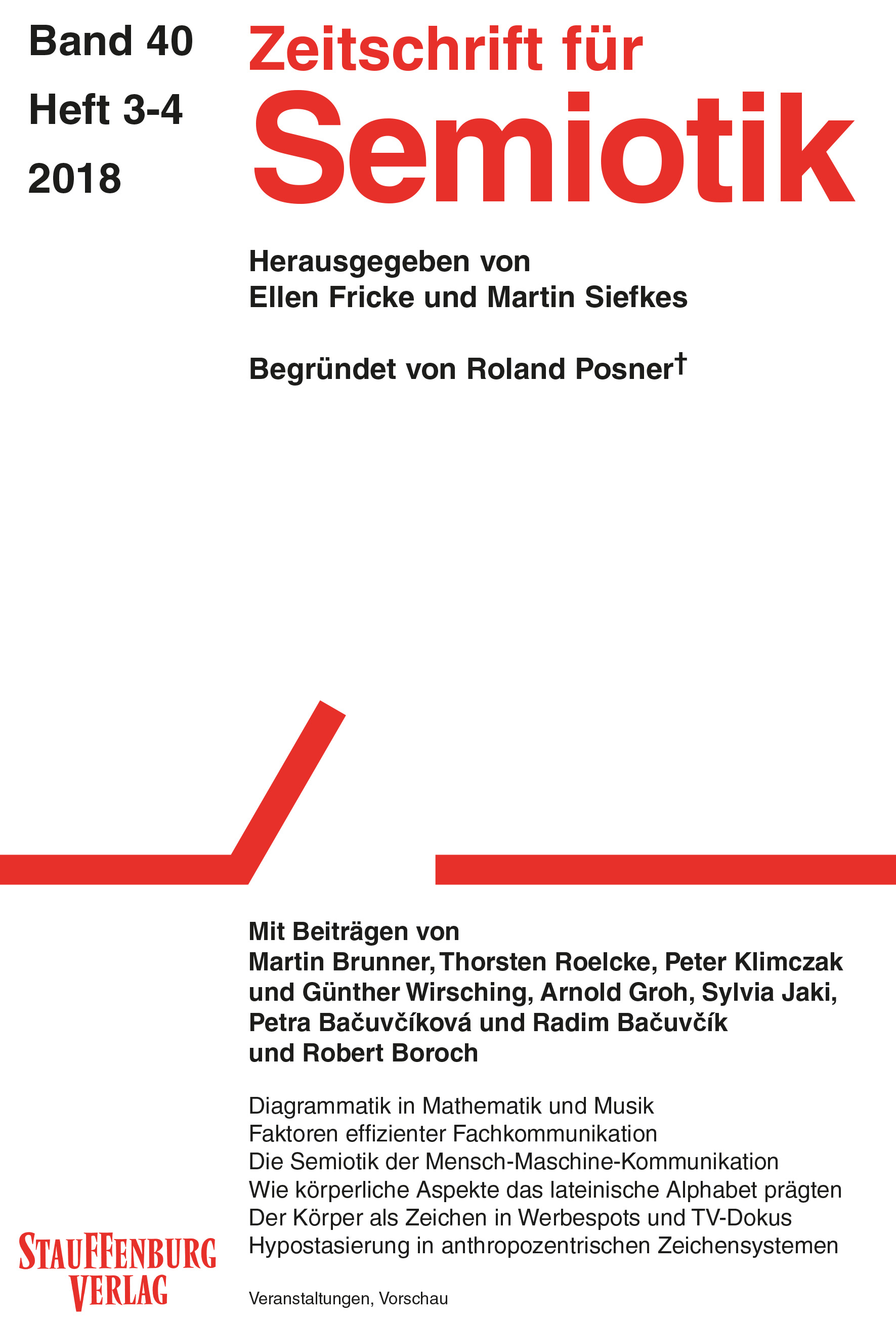Maschinensemiotik
DOI:
https://doi.org/10.14464/zsem.v40i3-4.701Keywords:
automatic semantic analysis, machine learning, utterance-meaning pairs, assistive devices, automatic speech recognition (ASR), voice assistance system, world knowledge, human-machine interaction (HMI), B. F. Skinner, machine semioticsAbstract
Despite their satisfactory speech recognition capabilities, current speech assistive devices still lack suitable automatic semantic analysis tools as well as useful representations of world knowledge. Instead, current technologies require users to learn the command words necessary to effectively operate and work with a machine. Such a machine-centered approach is not only frustrating for users, recognizing one basic difference between the semiotics of humans and machines makes this also unnecessary: For a machine, the meaning of a (human) utterance is defined by its scope of action. Machines, thus, do not need to understand the meanings of individual words, nor the meaning of phrasal and sentence semantics that combine individual word meanings with additional implicit world knowledge. For speech assistive devices, the learning of machine specific meanings of human utterances by trial and error should be sufficient. Using the trivial example of a cognitive heating device, we will show that – based on Skinner’s learning theory – this process can be formalized as the learning of utterance-meaning pairs (UMP). This is followed by a detailed semiotic contextualization of the previously generated signs.
Downloads
Published
Issue
Section
License
Copyright (c) 2024 Peter Klimczak, Günther Wirsching

This work is licensed under a Creative Commons Attribution 4.0 International License.
Copyright for articles published in this journal is retained by the authors. The content is published under a Creative Commons Licence Attribution 4.0 International (CC BY 4.0). This permits use, distribution, and reproduction in any medium, provided the original work is properly cited, and is otherwise in compliance with the licence.


